Cogels Osylei in Zurenborg was one of the standout points of my trip to Antwerp.
I mean sure, Antwerp may be the city of diamonds and have the second biggest harbour of Europe, but just look at those houses!
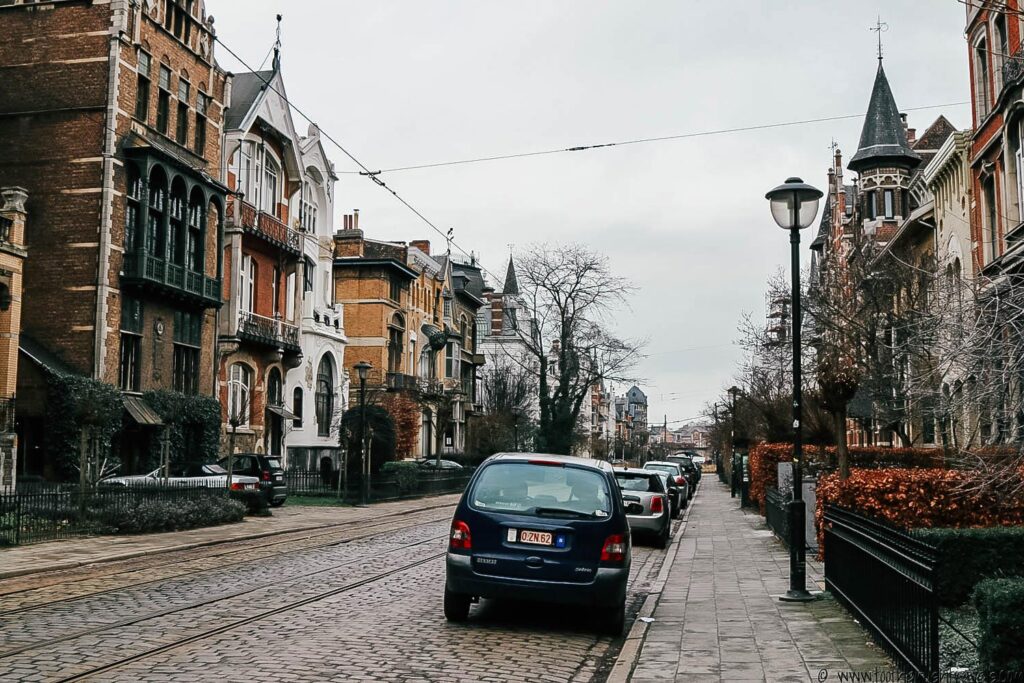
If you’re wondering what Cogels Osylei is, I should probably explain… It’s a street.
I know what you’re thinking, a blog post dedicated to a street—is this lady for real?
But bear with me, because Cogels Osylei is not just a street. It’s a street in Zurenborg which is lined with the most gorgeously eclectic collection of townhouses—most of which have massive Art Nouveau, Neoclassical and Fin-de-siècle style influences, and as a result, the properties are some of the most beautiful buildings I have ever seen.

The houses built along Cogels Osylei were developed between 1894 and 1906, and their location in Zurenborg was unique in Antwerp because it was one of just a few areas which were developed in line with a plan in the 19th century.

I have no idea how I stumbled across it, but as soon as I saw it I knew I wanted to take a stroll, and after leaving Antwerp Railway Station and walking for about 25 minutes, I was there.

I started my walk along Cogels Osylei by stopping at Maurice’s Coffee Bar and grabbing a hot chocolate because it was cold and I like calories. Especially when they come in chocolate form.
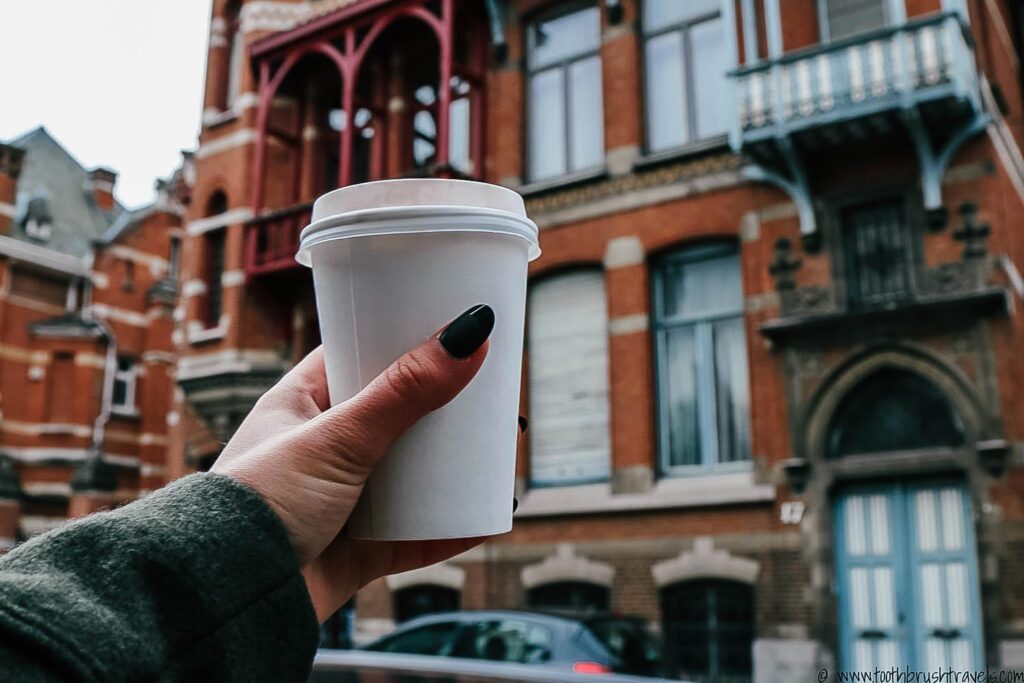
With my hot-chocolate hand-warmer in tow, I began my walk around Zurenborg, heading towards Cogels Osylei, which was unbeknownst to me at the time. Yet, as I turned the corner and my jaw hit the floor, I knew it was a street I wouldn’t forget anytime soon. Because Cogels Osylei is stunning.
Honestly, if fashion influencers in London think they’re spoilt with their Notting Hill doorsteps, they’d have a heart attack here!
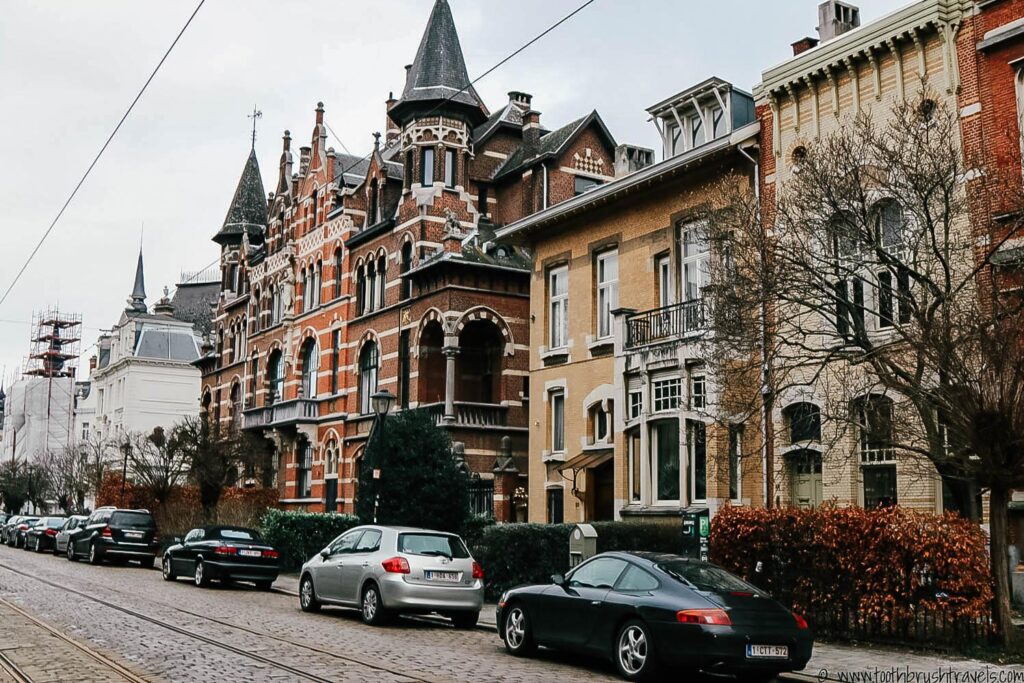
The house styles are interspersed both in terms of architectural design and the person who designed them, and as a result it’s hard not to gawk as you walk along the street. Which feels a little weird because it’s a street and these are people’s homes. But c’ mon… Look at them!

Zurenborg was being developed just as Art Nouveau hit peak popularity and the impact the movement had on the stylistic development of the area shows. But even though Art Nouveau was a heavy influence, other architectural styles such as Gothic Revival, Neoclassical and a hint of British Tudorbethan architecture, are still represented.
I haven’t seen inside the houses so I can’t comment on any interior design, but if it’s anything like the outside then I’d love to stay in one. My brain can’t help but concoct images of sweeping staircases and an air of cool that I’ll never be able to recreate. I mean imagine enjoying your morning cuppa on the circular balcony.

The houses are like art, with each property being uniquely it’s own. Yet together they work as a masterpiece. Like an art gallery, or a series of portraits: they’re complementary towards one another yet the diversity of the individuals makes the whole more interesting.
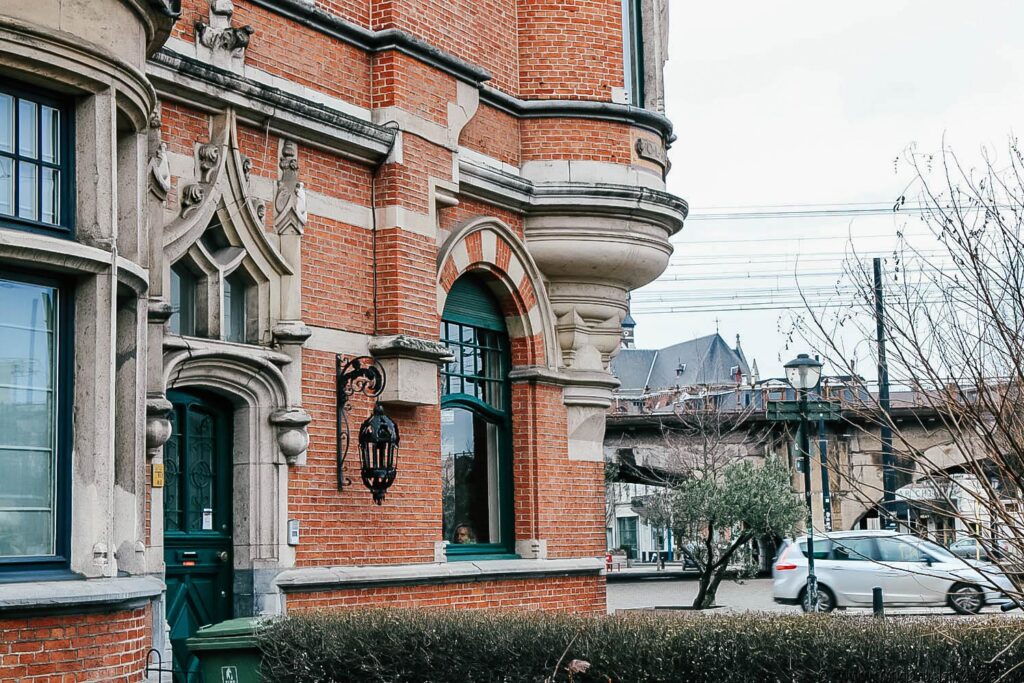
Joseph Bascourt, Jules Hofman, and Frans Smet-Verhas were the wizards who made it happen. I mean some people call them architects, but when you can create something as beautiful as this street, it’s hard not to call it magic.
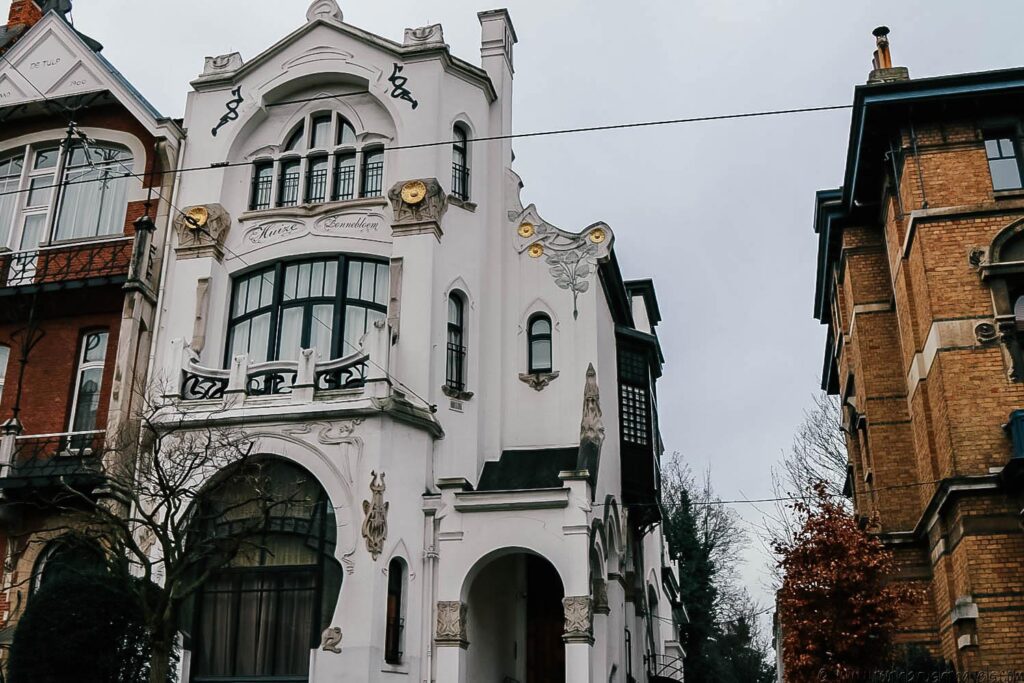
But that magic was almost cut short when Cogels Osylei almost met its premature demise in the 1960s. The properties were deemed too energy-consuming to use. The houses were considered too big and so a major plan was made to transform the area and turn it from a residential area, into a business district. But in the end (thankfully) the area was not demolished and instead, it grew popular with creatives and became a well-functioning urban neighbourhood with a variety of personalities living along the street.
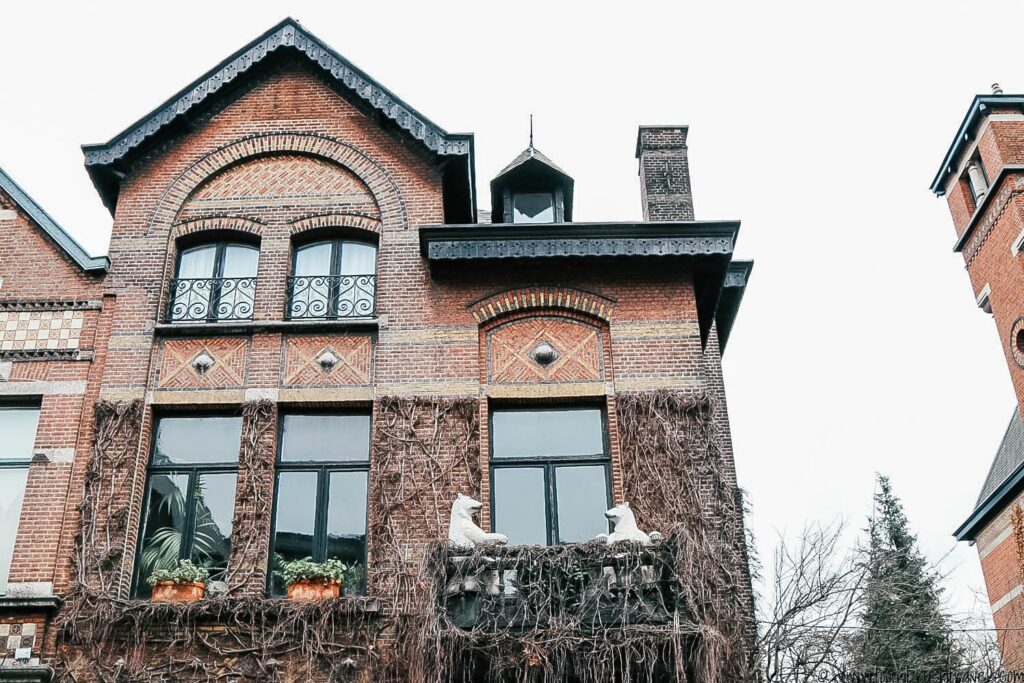
And now, people like you and I can walk along it.
With a hot chocolate in hand and our jaws on the floor.
Just wondering what it would be like to live in a place that inspires such joy from one glance.
So if you ask me, fashion bloggers can keep their London doorsteps. Cogels Osylei is where it is at!
